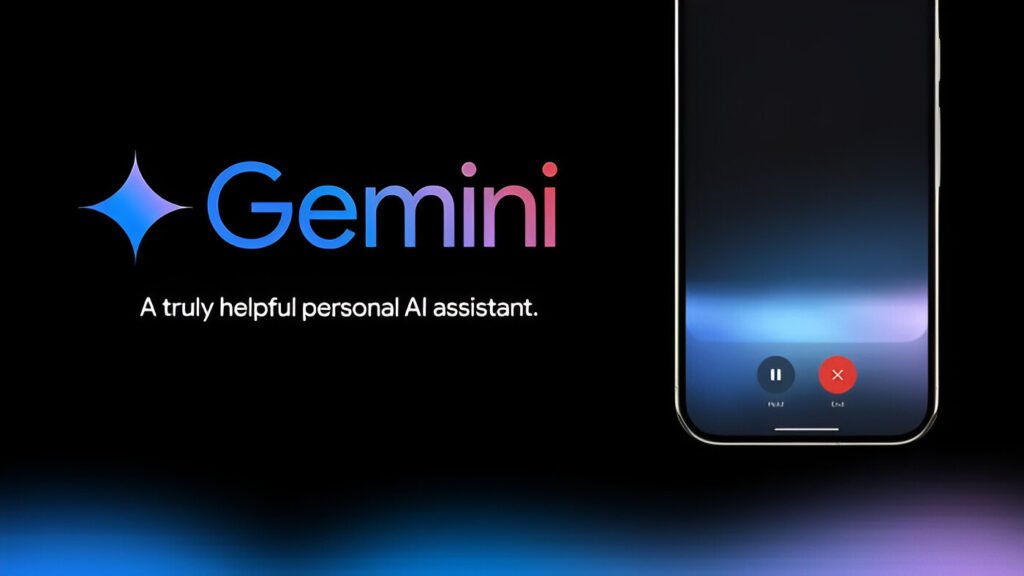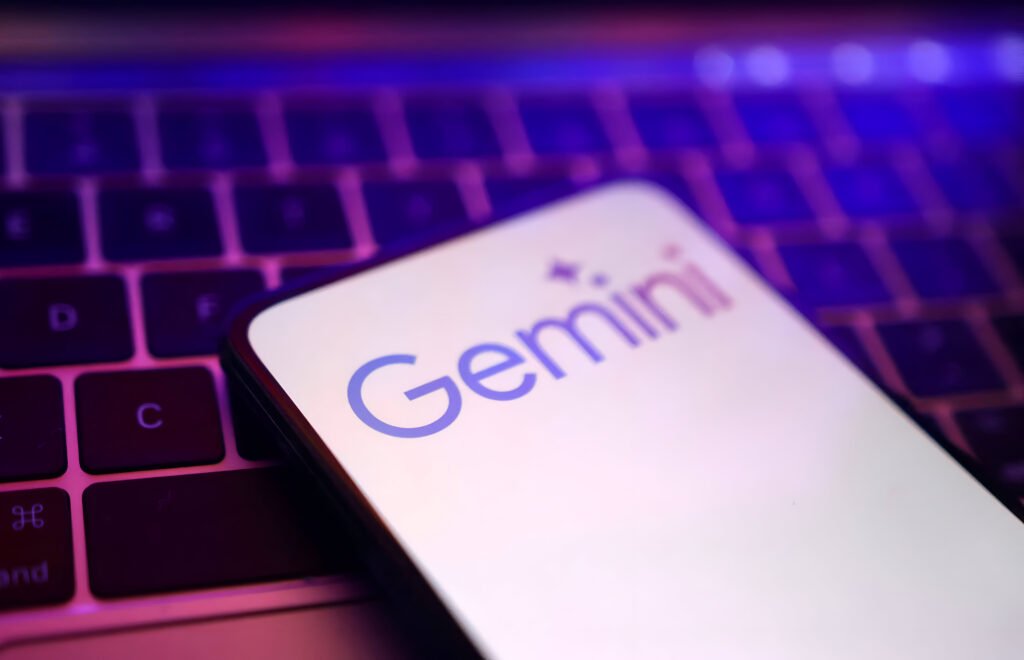
By expanding user interactivity with AI systems, Google has created a new milestone in artificial intelligence user interaction technology – the Prompt Engineering Playbook. Content creators, marketers, developers, AI fans, and Gemini users can now interact more effectively with LLMs thanks to AI-enhanced products, facilitated by Google. The structured methodologies offered by the tech giant are designed to improve AI multi-purpose optimals, reliability, and accuracy. Google touted this playbook as critical for the evolution of AI because it arms people with the tools and knowledge needed to effectively interact with AI on a fundamental level.
What is Prompt Engineering?
Creating inputs that would yield specific outputs from an AI model is termed prompt engineering. Unlike programming, where the flow of instructions is more rigid, with generative AI, the approach is a much softer push – “right nudge” – in the form of a command using simple English. The prompt combines context, instruction, format, and pre-made relevant examples to compel AI to perform specific actions. From social media posts toward comprehensive article summaries, and even code writing or idea innovation, prompt engineering helps machines to get the job done right.
10 Important Points from Google’s Prompt Engineering Folder
A set of strategies in Google’s playbook is formulated to help extract quality results from Gemini and other generative AI-related tools. Below are the critical insights in no particular order:
Define A Clear Persona: Informing the AI on who or what it should be responding as helps it better shepherd its answer. Phrases such as “Act as a travel guide” or “You are an expert content marketer” informs what the AI is expected to answer.
Specify the Task Explicitly: As always, be direct and detailed about your requirements. Overly broad asks result in equally broad answers. In place of saying “Help me write,” try using something like “Write a 100 word product description for the new smartwatch aimed at tech-savvy users.”
Provide Contextual Information: Providing background information enriches the outcome greatly. If the AI is to draft an email reply, provide the original message or other relevant notes. The model would be able to make bespoke drafts.
Indicate the Desired Format: All Flash and no Format: If you want the AI to respond in bullet points, paragraphs, a table, or code format, let them know! It is the bane of all prompts.
Implement Step-by-Step Reason Resolutions: This method assists the AI in reasoning through a problem sequentially. This is especially true for complicated tasks such as solving mathematics problems or analyzing corporate marketing—This technique works best for reasoning out complex issues.
Add Sample Inputs and Outputs: Strategies such as giving examples of desired input and output will bring about transforming the model into achieving goal more reliably. It is a useful way of ‘teaching’ AI within a single interaction.
Redefine and Improve your Attempts: It is very unlikely you will get the desired answer on the first attempt. AI suggests iterating on the proposed ideas. Change your wording according to the clarity of the answer until achieving best results.
Use High Level Instructions: These are provided for some interfaces of AI and they may allow you to change the general manner of operating the AI. Example, always say your comments professionally; blunt but polite and respectful in tone promotes using AI to defend branding in a professional manner.
Avoid Using Overly Shouldering Details: While prompts on texts should be rich, they need to avoid overloading the AI with redundant information. Find the right middle within key points without elongating the instructions.
Prompt Properly: Take caution and learn to take out the labels surfaced within content. Always ensure to examine the content generated critically; keep an eye out for unavoidable bias, stereotyping or hallucination. Adjust instructions suitably to direct the AI to accurate informative content.

Applications Throughout Google’s AI Ecosystem
These guidelines are not restricted to a single tool; they can be used throughout the entire Google AI ecosystem. With Gemini (formerly Bard), if one knows how to use effective prompts, they get contextual and responsive answers appropriate to the situation. While integrating Gemini with other Google Workspace tools such as Docs or Gmail, providing specific guidelines enables better email, meeting notes, or marketing copy generation.
For developers utilizing Vertex AI, these principles provide an approach for tailor-making and adjusting their models to business needs. Be it internal chatbot systems, customer service bots, or even AI content writing tools, prompt engineering guarantees that the model works as it was intended.
Augmenting the User Experience via Prompting
Driving Google’s agenda is one message: better prompt commands will elicit better results every time. As generative AI takes center stage in most digital workflows, the ability to “speak” to machines proficiently is fast becoming an essential skill, akin to modern literacy. Instead of engineers, content creators and marketers, researchers, and developers are reaping the fruits of refined prompt engineering in content creation, enhancing business productivity, and having profound results.
Consider that you’re a marketing manager who is looking to create ad copy on Gemini. Inputing a vague request such as “write an ad for shoes” will generate a more rudimentary, generic response. However, modifying the prompt into “write a 50-word ad copy for premium running shoes with a call-to-action, geared towards millennials who prioritize fitness,” will yield Gemini tailored content. The same can be said throughout the system and the true value will become apparent.
Looking Ahead: The Importance Of This
“That document should be regarded as the starting point and not a step-by-step guide,” Prior said, describing Google’s Prompt Engineering Playbook. “We’ve incorporated AI in many places – education, e-commerce, healthcare, media – and figuring out how to interface with it becomes a fundamental point of competition.”
OpenAI and Microsoft have put forth their own materials, but Google places the emphasis of control and customizability into Gemini. The playbook proposes to guide users to iterate on attempt and learn methodologies to build smarter real-time systems through tailored interactions.
Conclusion
You no longer need to be a developer to tailor prompts on GEMINI; for everyone seeking enhanced efficiency from AI, it is available. The new GOOGLE playbook makes it simple for everyone, from solopreneurs to larger companies, to work optimally with AI tools. Moving forward, as AI aides get integrated into daily routines, being skilled in prompt engineering will be as necessary as using a search engine.
Whether you are using GEMINI or any AI model, all models require a prompt re-evaluation. The possibilities of AI are limitless, but only if you know how to frame your questions.











